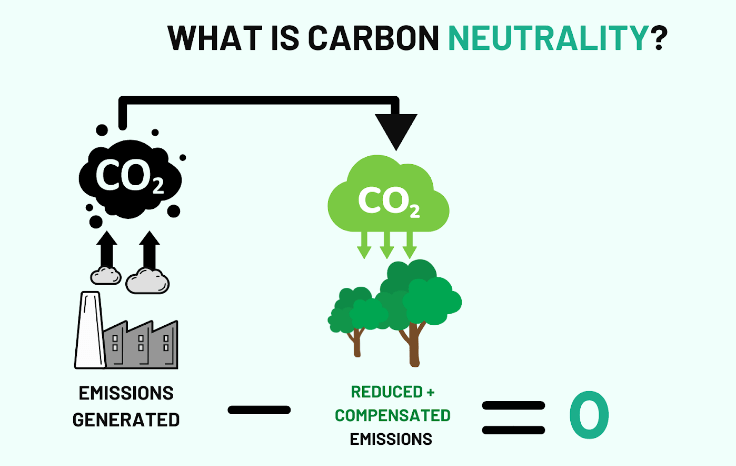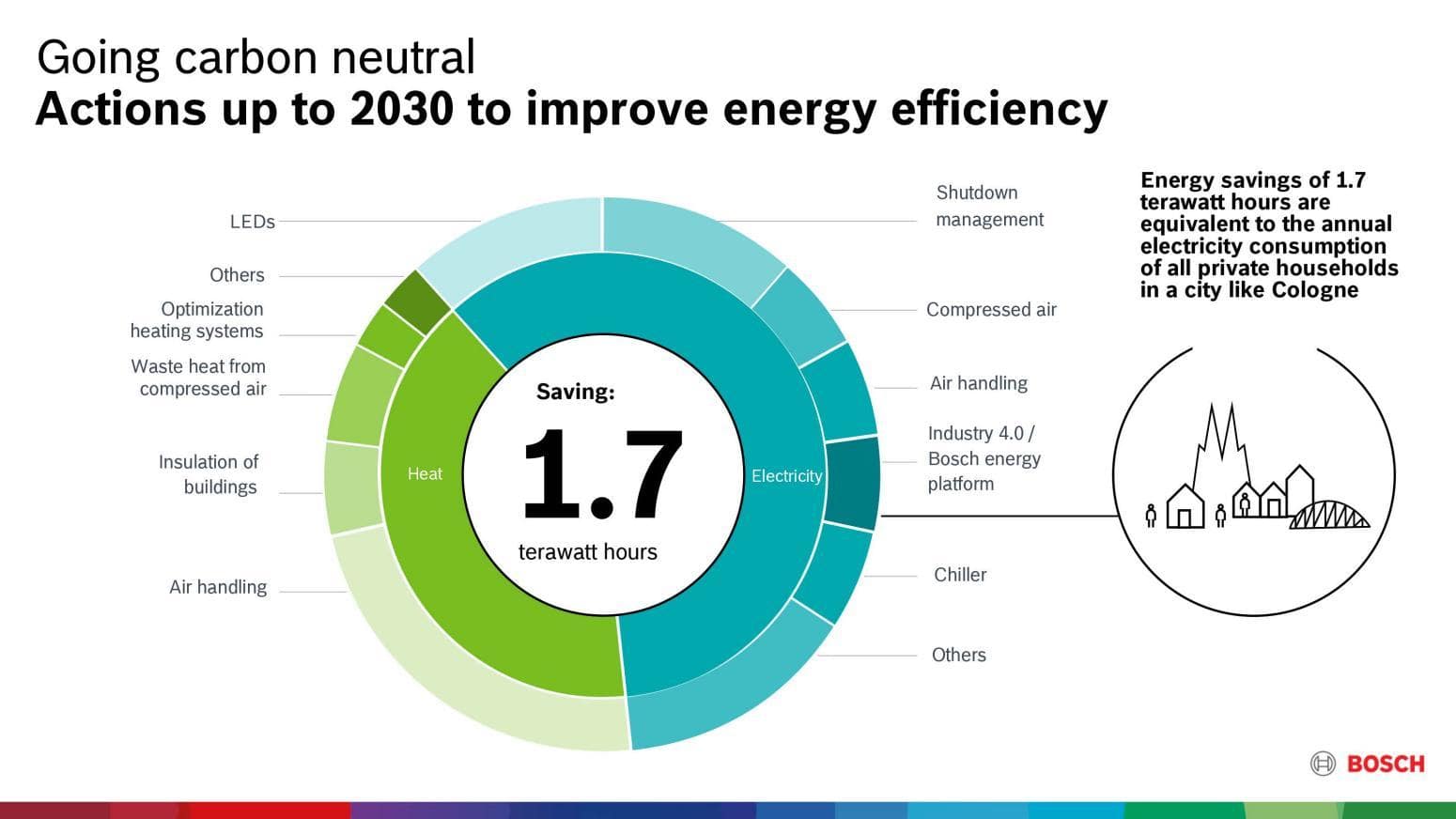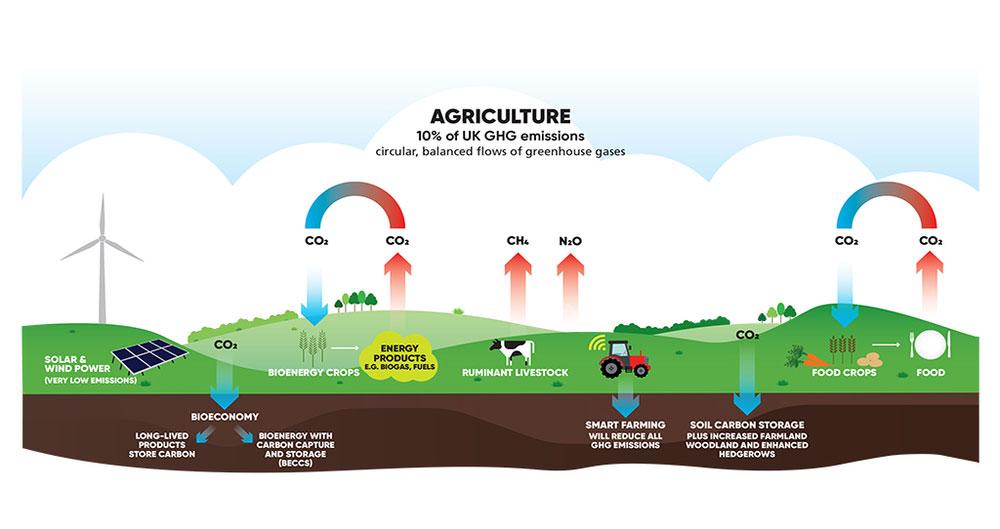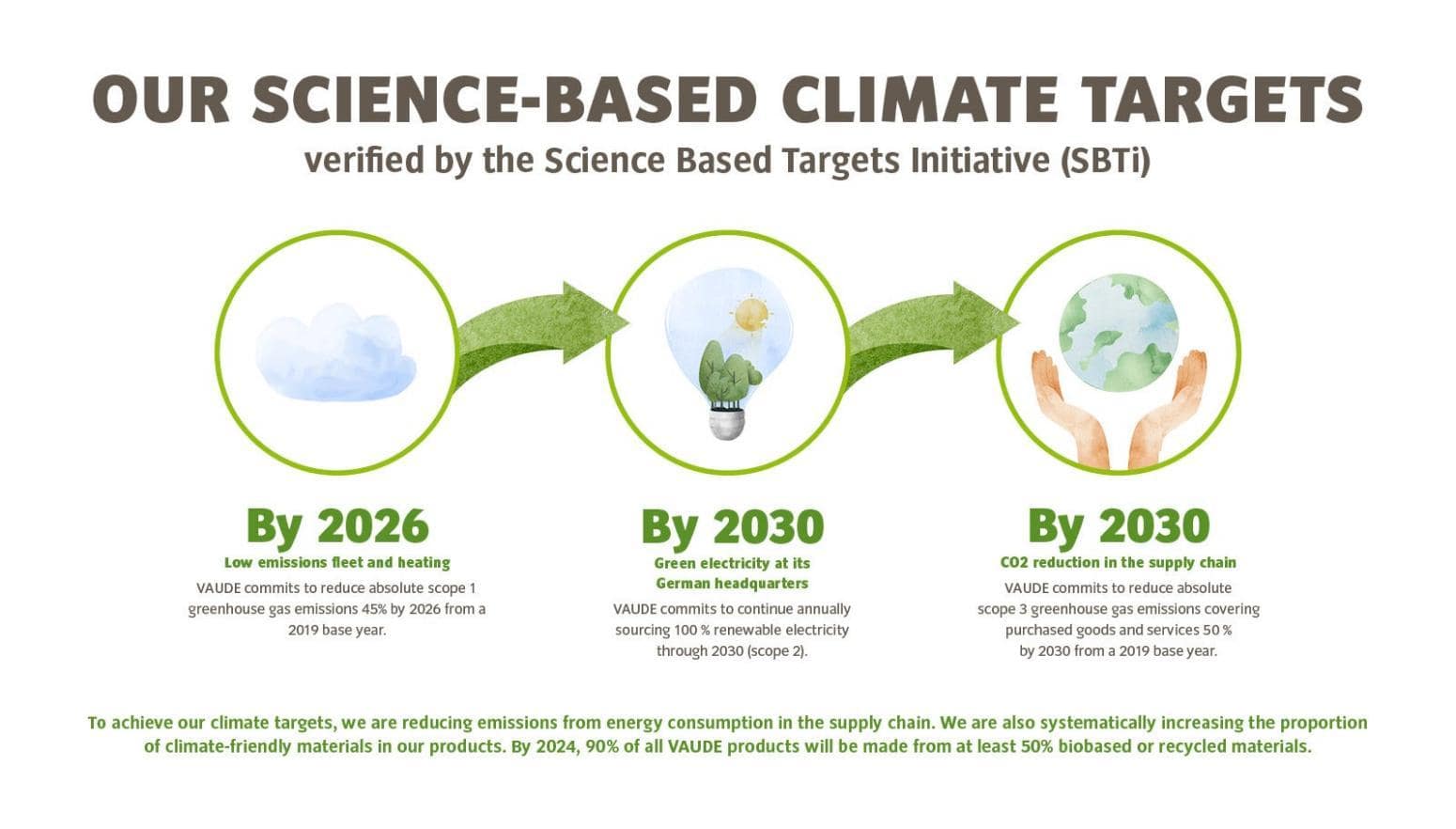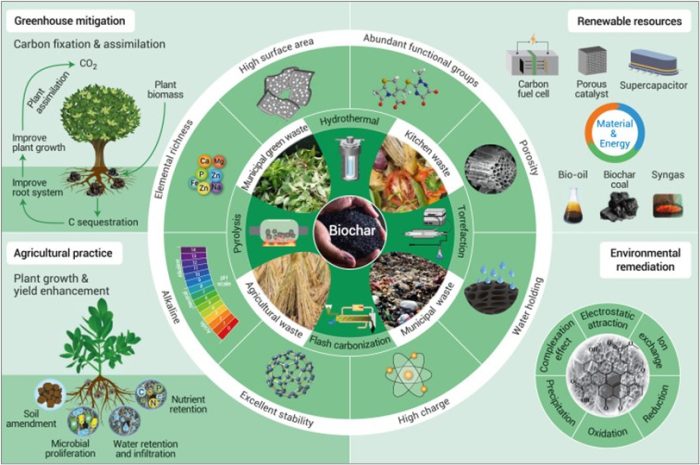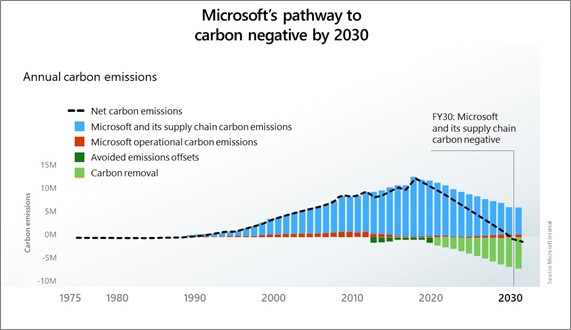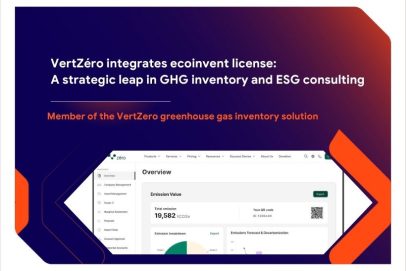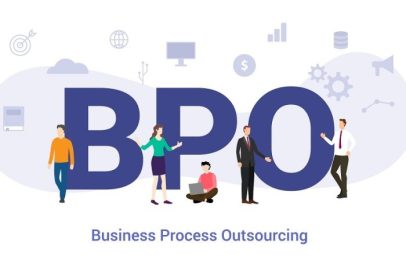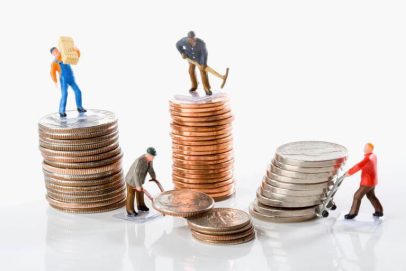Achieving Carbon Neutrality: A Guide for Businesses
1. Introduction
The effects of climate change are undeniable – from supply chain disruptions to shifting consumer demands, businesses can no longer ignore the environmental crisis. The concept of “carbon neutral” is not merely a trend, it’s an urgent necessity for companies seeking sustainability, resilience, and long-term success.
Carbon neutrality means balancing a business’s carbon emissions with the amount it removes or offsets. This strategic approach mitigates climate risks, builds a positive brand reputation, and unlocks opportunities in an increasingly eco-conscious market.
This shift towards carbon neutrality demands careful planning. Businesses must understand the complex interplay of emissions, reduction strategies, and the evolving landscape of carbon markets and regulations. Success requires a combination of data-driven insights, technological innovation, and a commitment to transformation across entire organizations.
The challenges associated with achieving carbon neutrality are significant. However, for businesses willing to embrace the transition, the potential rewards are equally impactful. Companies that lead the charge will not only safeguard our planet, but also seize the competitive advantages and long-term stability that come with a truly sustainable future.
Carbon Neutral explanation
2. Global Efforts towards Carbon Neutral
To achieve carbon neutrality, various strategies and technologies are being explored across different fields. One approach involves the development of efficient electro catalysts for CO2 conversion, such as Bi-based catalysts (Sui et al., 2021). Additionally, initiatives like carbon-neutral hand surgery emphasize the importance of reducing carbon footprints through measures like waste management and reuse (Ma & Han, 2022). Furthermore, advancements in materials science have led to the development of self-cleaning coatings that contribute to passive daytime radiative cooling, aiding in the journey towards carbon neutrality (Liu et al., 2022).
Case-study: How Bosch achieves for carbon neutral (Bosch, 2023)
Efforts towards carbon neutrality extend to various sectors, including energy-efficient computing resource deployment (Shalavi et al., 2022), stakeholder dialogues for carbon-neutral cities (Prestwood et al., 2018), and environmentally sensitive management practices in areas like aviation (Mizrak & KIZILCAN, 2022). Philosophically, the concept of carbon neutrality is intertwined with the broader goal of promoting global sustainable development and fostering a shared future for mankind (Dai & Chen, 2023).
Supply chain optimization and consumer preferences for low-carbon products are also crucial in promoting green practices and achieving carbon neutrality (Liu et al., 2023). Additionally, the transition to carbon-neutral practices involves meticulous carbon accounting and adherence to globally agreed standards, as seen in eco-city initiatives (Randeree & Ahmed, 2019).
In the agricultural sector, the adoption of regenerative practices like using biochar is highlighted as a means to reduce greenhouse gas emissions and transition to circular economies, contributing to carbon neutrality (Baltrėnaitė-Gedienė et al., 2023). Furthermore, the commitment to peak carbon emissions and carbon neutrality is a global endeavor, with countries like China setting ambitious targets to achieve these goals (Li et al., 2022). Moreover, in industries like steelmaking, concepts like “Carbon Peak” and “Carbon Neutralization” are being adopted to reduce emissions and offset carbon footprints (Liu et al., 2023).
How agriculture in the UK achieve carbon neutral target
Technological advancements, such as solar-driven electro-chemical processes and carbon dioxide conversion technologies, offer promising pathways towards carbon neutrality (Causone et al., 2021; Kato et al., 2021; Lee et al., 2019). Moreover, the utilization of carbon offsets and raw material recycling practices are essential components in the journey towards achieving carbon neutrality (Lamba, 2022; Gu, 2023).
3. The Goals: Driving Change with Carbon Neutrality
Carbon neutrality isn’t just an environmental buzzword; it’s the cornerstone of a global effort to combat the climate crisis. Here’s why it matters and the ambitious targets shaping the movement:
- The Science-Based Imperative: The science is clear – achieving net-zero greenhouse gas emissions by mid-century is crucial to limiting global warming to 1.5 degrees Celsius, the threshold beyond which climate impacts become far more severe and irreversible.
- Global Frameworks: The Paris Agreement set the international stage for climate action, with nearly 200 nations pledging to reach net-zero emissions in the second half of this century. Individual nations, like those within the European Union, have further solidified this goal with legally binding climate targets.
- National Targets for Transformation: Countries worldwide are translating the net-zero vision into concrete timelines. Key examples include:
- China: Aiming for carbon neutrality before 2060
- United States: Net-zero emissions by 2050
- Germany: Carbon neutrality by 2045
- Business Leadership Rising: Corporations are increasingly recognizing both the risks of inaction and the opportunities within a carbon-neutral economy. Many are setting ambitious goals aligned with, or even exceeding, national targets. Initiatives like the Science-Based Targets initiative (SBTi) provide frameworks for companies to set credible climate goals.
How Vaude (fashion clothes) set their targets verified by Science Based Targets Initiative (SBTi)
3. The Solutions: Your Path to Carbon Neutrality
The journey to carbon neutrality begins with understanding your baseline. Here’s a breakdown of the key solution areas for businesses:
- Measure Your GHG Emissions: You can’t manage what you don’t measure. Utilize software tools specifically designed for carbon accounting. Popular options include:
- Greenhouse Gas Protocol standards
- Industry-specific calculators (available for sectors like manufacturing, logistics, etc.)
- Comprehensive sustainability management platforms
- Reduce Greenhouse Gas Emissions at the Source: Once you have data, target high-emission areas. Implement strategies to:
- Switch to renewable energy sources where possible.
- Optimize processes for maximum energy efficiency.
- Address emissions from transportation and logistics.
- Work with suppliers to reduce their footprints.
- Scale Up Renewable Energy: Clean power is essential. Businesses can:
- Invest in on-site solar or wind power.
- Purchase renewable energy certificates (RECs).
- Partner with renewable energy developers.
- Boost Energy Efficiency: Lowering energy demand saves both emissions and costs. Focus on:
- Building upgrades (insulation, smart heating/cooling)
- Efficient lighting and appliances.
- Industrial process optimization.
- Harness the Power of Nature: Reforestation and sustainable land practices provide natural carbon sinks. Consider:
- Supporting reforestation and afforestation projects.
- Investing in regenerative agriculture initiatives.
Explore Emerging Technologies: Carbon capture and storage (CCS), while still evolving, has potential.
-
- Monitor advancements in carbon capture technology.
- Assess the potential for CCS in your industry.
Technologies and perspectives for achieving carbon neutrality (Wang et al., 2021)
4. The Impact: Benefits and Considerations of Carbon Neutrality
Carbon neutrality offers far-reaching benefits, but it’s important to understand potential challenges as well. Here’s what businesses need to know:
Benefits:
- Mitigating Climate Change: Carbon neutrality aligns with the global effort to avert the worst effects of climate change, safeguarding our planet for future generations.
- Environmental Stewardship: Reducing emissions contributes to cleaner air, healthier ecosystems, and protection of biodiversity.
- Economic Opportunities: The transition to a carbon-neutral economy drives innovation, creates green jobs, and enhances market competitiveness.
- Brand Reputation & Consumer Trust: Sustainability is increasingly a factor in consumer choices and investor decisions.
- Resilience: Proactive climate initiatives reduce business risks associated with resource scarcity and extreme weather events.
Potential Challenges:
- Cost: Investing in new technologies and transitioning processes can involve upfront costs. However, long-term ROI often proves favorable.
- Transition Complexity: Shifting away from traditional energy sources and business practices requires planning, expertise, and potential supply chain adjustments.
- Scrutiny & “Greenwashing” Concern: Businesses must set credible goals and transparently report progress to avoid accusations of empty promises.
5. Success Stories:
- Technology Leaders: Companies like Microsoft and Google are setting bold carbon negative targets, demonstrating leadership within their sector.
- Circular Economy Pioneers: Businesses adopting circular models, such as Patagonia with its focus on repair and reuse, are reducing overall emissions footprints.
- Cities and Regions: Numerous cities and regions worldwide are successfully driving down emissions through integrated trans portation solutions, renewable energy adoption, and nature-based projects.
Microsoft’s pathway to carbon negative by 2030
6. A Call to Action: Your Role in Creating a Carbon-Neutral Future
The path to carbon neutrality requires collective action. Businesses have a pivotal role to play, but change begins with each of us. Here’s how you can make a difference:
Simple Actions for a Smaller Footprint:
- Energy Choices: Save energy at home (unplug unused devices, opt for LED bulbs), investigate community solar options.
- Conscious Consumption: Choose durable goods, reduce waste, support businesses with strong sustainability practices.
- Sustainable Transportation: Walk, bike, or use public transport when possible. If you drive, consider a fuel-efficient or electric vehicle.
- Voice and Vote: Advocate for climate-friendly policies and support leaders committed to change.
Resources for Deeper Engagement:
- Carbon Disclosure Project (CDP): (https://www.cdp.net/en) provides data on corporate climate performance.
- Business for Social Responsibility (BSR): (https://www.bsr.org/) supports busi
- nesses in setting sustainability targets.
- Consult with Carbon Accounting Experts: Contact VertZero for tailored carbon accounting solutions and guidance on your carbon neutrality journey. Schedule a free consultation at https://fpt-is.com/kiem-ke-khi-nha-kinh/
The concept of carbon neutrality is no longer just a buzzword – it’s a guiding principle for businesses seeking longevity, resilience, and a positive impact on our planet. The challenges of climate change are undeniable, but so are the opportunities presented by a carbon-neutral economy. By understanding the goals, solutions, and transformative impact of carbon neutrality, businesses can take strategic action. Measuring emissions, embracing innovation, and empowering employees are essential steps on this journey. The transition won’t be easy, but it’s a journey we must take together. Let’s commit to building a future where businesses thrive in harmony with a healthy planet.
References:
- Baltrėnaitė-Gedienė, E., Huisingh, D., & Yrjälä, K. (2023). Circular economy benefit indicators for using biochar in regenerative agriculture.. https://doi.org/10.21203/rs.3.rs-2956227/v1
- Barron, A., Domeshek, M., Metz, L., Draucker, L., & Strong, A. (2021). Carbon neutrality should not be the end goal: lessons for institutional climate action from u.s. higher education. One Earth, 4(9), 1248-1258. https://doi.org/10.1016/j.oneear.2021.08.014
- Causone, F., Tatti, A., & Alongi, A. (2021). From nearly zero energy to carbon-neutral: case study of a hospitality building. Applied Sciences, 11(21), 10148. https://doi.org/10.3390/app112110148
- Dai, X. and Chen, W. (2023). The logic and practice of “carbon neutrality” to promote a community with a shared future for mankind. Frontiers in Sustainable Development, 3(3), 72-78. https://doi.org/10.54691/fsd.v3i3.4550
- Fuchs, P., Filho, M., Silva, L., Dutra, A., & Guerra, J. (2023). The carbon footprint at quality and environmental university consortium – qualenv. International Journal of Sustainability in Higher Education, 25(1), 43-61. https://doi.org/10.1108/ijshe-11-2022-0376
- Gu, S. (2023). Raw material recycled practices for carbon neutrality. Global Transitions, 5, 14-20. https://doi.org/10.1016/j.glt.2023.03.001
- Kato, N., Takeda, Y., Kawai, Y., Nojiri, N., Shiozawa, M., Mizuno, S., … & Hamaguchi, T. (2021). Solar fuel production from co2 using a 1 m-square-sized reactor with a solar-to-formate conversion efficiency of 10.5%. Acs Sustainable Chemistry & Engineering, 9(48), 16031-16037. https://doi.org/10.1021/acssuschemeng.1c06390
- Lamba, A. (2022). Are carbon offsets the key to green cryptocurrencies?. Plos Sustainability and Transformation, 1(3), e0000002. https://doi.org/10.1371/journal.pstr.0000002
- Lee, C., Kim, C., & Min, B. (2019). Theoretical insights into selective electrochemical conversion of carbon dioxide. Nano Convergence, 6(1). https://doi.org/10.1186/s40580-019-0177-2
- Li, M., Meng, M., Huang, K., Xie, X., & Chen, Y. (2022). The impact of two-way fdi on green
- development quality of the logistics industry
- – based on the threshold effect
- of environmental regulation. Polish Journal of Environmental Studies, 32(1), 611-625. https://doi.org/10.15244/pjoes/153425
- Liu, H., Kang, H., Jia, X., Qiao, X., Qin, W., & Wu, X. (2022). Commercial‐like self‐cleaning colored zro2‐based bilayer coating for remarkable daytime sub‐ambient radiative cooling. Advanced Materials Technologies, 7(10). https://doi.org/10.1002/admt.202101583
- Liu, Y., Wei, G., & Tian, B. (2023). Analysis and optimisation on the energy consumption of electric arc furnace steelmaking. Ironmaking & Steelmaking, 50(8), 999-1013. https://doi.org/10.1080/03019233.2023.2172826
- Liu, Z., Sun, W., Hu, B., Han, C., Ieromonachou, P., Zhao, Y., … & Zheng, J. (2023). Research on supply chain optimization considering consumer subsidy mechanism in the context of carbon neutrality. Energies, 16(7), 3147. https://doi.org/10.3390/en16073147
- Ma, Y. and Han, S. (2022). Carbon neutral hand surgery: simple changes to reduce carbon footprint. Plastic Surgery, 32(1), 108-112. https://doi.org/10.1177/22925503221088839
- Mizrak, K. and KIZILCAN, S. (2022). Environmentally sensitive management approach within the scope of carbon-free airport: the case of sivas nuri demirağ airport. Cumhuriyet Üniversitesi İktisadi Ve İdari Bilimler Dergisi, 23(3), 623-634. https://doi.org/10.37880/cumuiibf.1063147
- Prestwood, E., Longhurst, J., Townsend, I., Haines, T., & Tsiarapa, E. (2018). Facilitating stakeholder dialogues on a carbon neutral city: we need to talk about carbon (and air quality).. https://doi.org/10.2495/air180461
- Randeree, K. and Ahmed, N. (2019). The social imperative in sustainable urban development. Smart and Sustainable Built Environment, 8(2), 138-149. https://doi.org/10.1108/sasbe-11-2017-0064
- Shalavi, N., Perin, G., Zanella, A., & Rossi, M. (2022). Energy efficient deployment and orchestration of computing resources at the network edge: a survey on algorithms, trends and open challenges.. https://doi.org/10.48550/arxiv.2209.14141
- Spiegelhalter, T. and Werner, L. (2022). Methods for in-silico environmental resilience, 2018 to 2100. Iop Conference Series Earth and Environmental Science, 1078(1), 012139. https://doi.org/10.1088/1755-1315/1078/1/012139
- Sui, P., Xu, C., Zhu, M., Liu, S., Liu, Q., & Luo, J. (2021). Interface‐induced electrocatalytic enhancement of co2‐to‐formate conversion on heterostructured bismuth‐based catalysts. Small, 18(1). https://doi.org/10.1002/smll.202105682
| Exclusive article by FPT IS expertAuthor Pham Tuan – Director of VertZero product |


